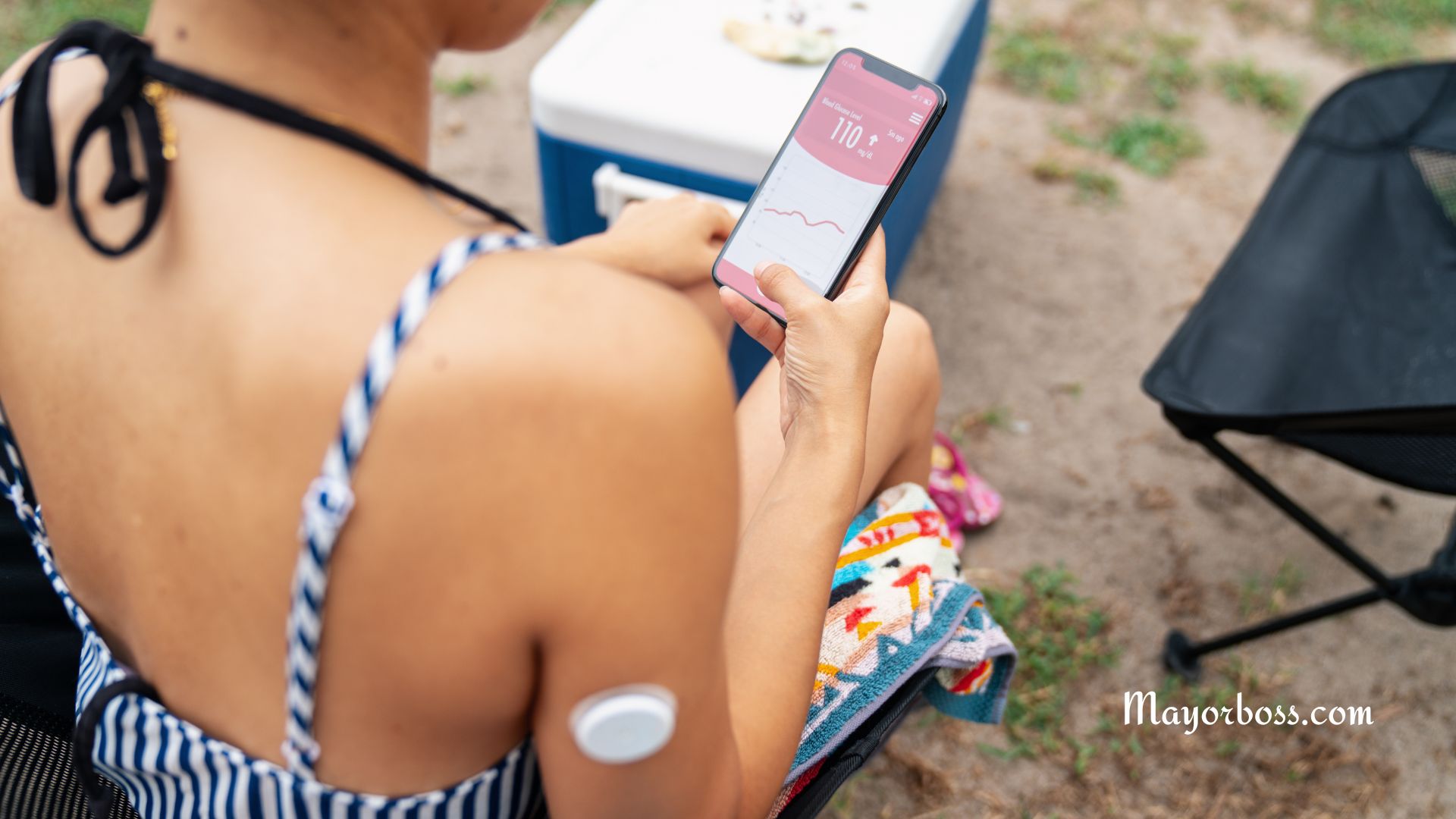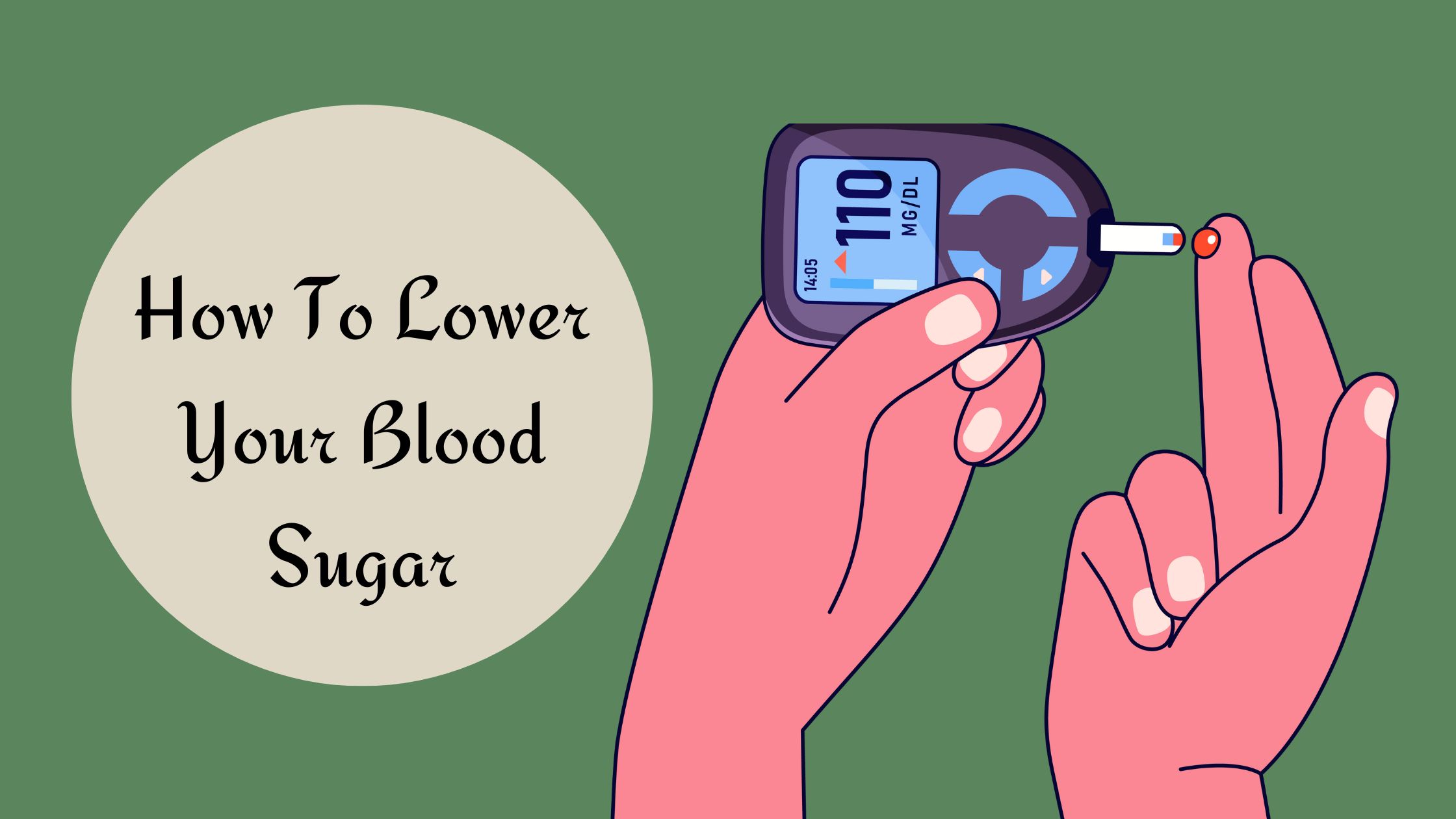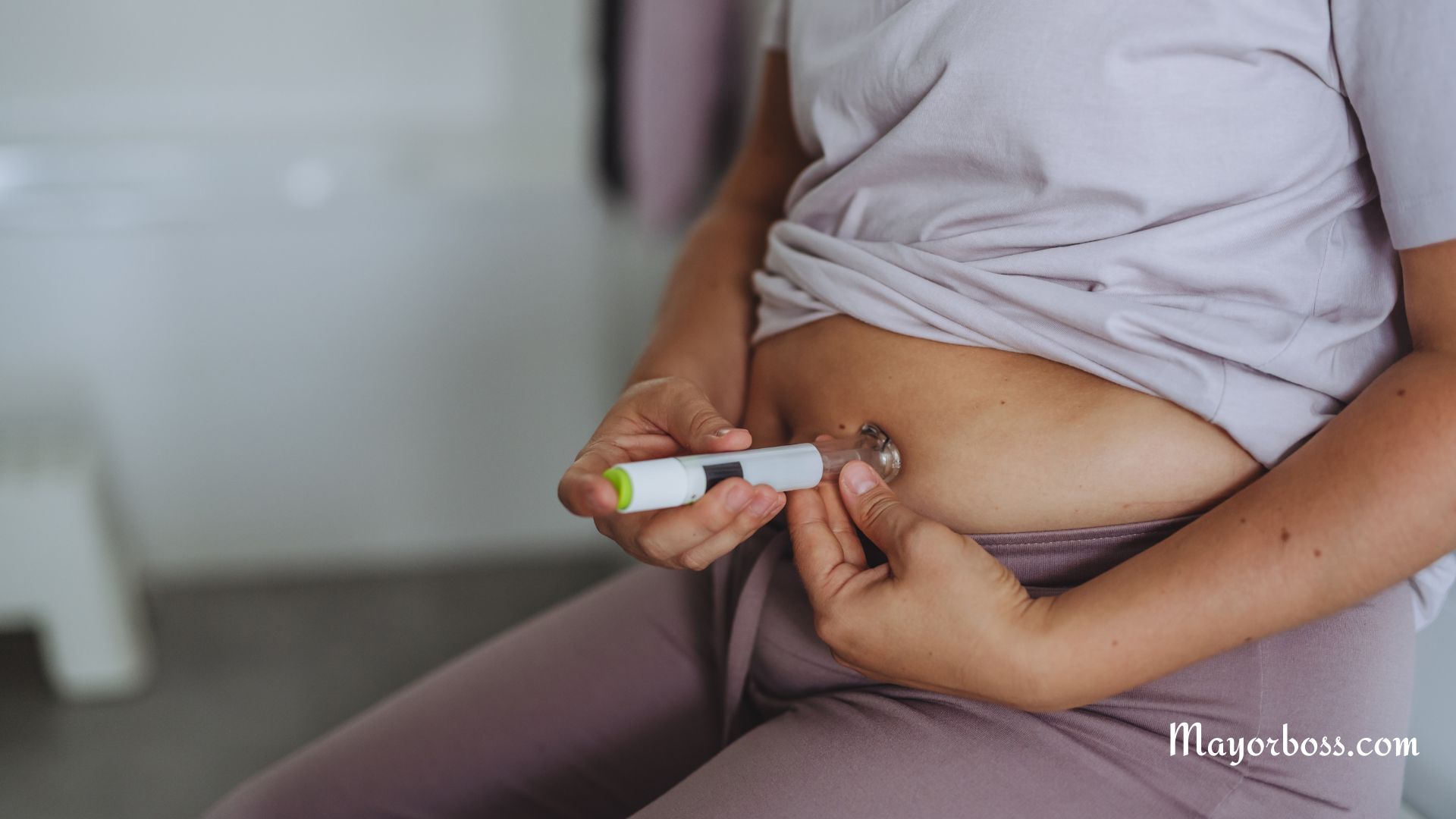What Is Type 2 Diabetes?
Do you ever wonder why so many people talk about Type 2 diabetes? Or what it actually means? Well, you’ve come to the right place! This article will dive into the world of Type 2 Diabetes, a condition that affects millions of people worldwide.
By the end of this article, you’ll be an expert in Type 2 diabetes, ready to take charge of your health and share your knowledge with others. So, let’s dive in!
What Is Type 2 Diabetes?
Type 2 Diabetes is a chronic (lifelong) disease that affects how your body processes glucose (sugar). Your body either doesn’t produce enough insulin or resists the effects of insulin, leading to high blood sugar levels.
But wait, what exactly is insulin, and why does it matter?
The Role of Insulin in Your Body
Insulin is a hormone produced by your pancreas that helps regulate your blood sugar levels. When you eat food, your body breaks it down into glucose, which enters your bloodstream.
Insulin acts like a key, opening the doors to your cells and allowing glucose to enter and be used for energy.
Now, imagine a situation where there aren’t enough keys (insulin) or the doors are jammed (insulin resistance). The glucose can’t enter the cells, and it starts accumulating in your bloodstream, causing high blood sugar levels. This is what happens in Type 2 Diabetes.
Risk Factors: Are You at Risk?
You might be wondering, “Could I be at risk for Type 2 Diabetes?” The truth is there are several factors that increase your chances of developing the condition. Some common risk factors include:
- Age: People over 45 years old are at a higher risk.
- Weight: Being overweight or obese significantly increases your risk.
- Family history: If you have a close relative with Type 2 Diabetes, your risk may be higher.
- Ethnicity: Certain ethnic groups, like African Americans, Hispanics, and Native Americans, have a higher risk.
- Physical inactivity: A sedentary lifestyle can contribute to the development of Type 2 Diabetes.
- Gestational diabetes: Women who had gestational diabetes during pregnancy are at an increased risk.
- Smoking: Smoking increases your risk of developing Type 2 Diabetes.
- Polycystic ovary syndrome (PCOS): Women with PCOS are more likely to develop Type 2 Diabetes. About half of the women with PCOS older than 40 have type 2 diabetes.
But don’t worry! Even if you have some of these risk factors, it doesn’t mean you’re doomed to develop Type 2 Diabetes. In fact, by making some simple lifestyle changes, you can greatly reduce your risk.
Type 2 Diabetes Symptoms
How do you know if you have Type 2 diabetes? Type 2 Diabetes can be a sneaky disease, usually presenting with mild or no symptoms in the early stages.
However, if you have any of the following symptoms, see your physician about getting your blood sugar tested.
1. Frequent Urination
When blood sugar levels are high, your kidneys work overtime to filter and absorb the excess sugar. As a result, you may find yourself needing to use the bathroom more often than usual.
2. Increased Thirst
Frequent urination can lead to dehydration, which in turn, makes you feel thirsty all the time. This symptom often goes hand-in-hand with frequent urination.
3. Persistent Hunger
Even after eating, you might still feel hungry. This happens because your cells aren’t getting the glucose they need for energy, causing your body to crave more food.
4. Fatigue
Since your cells can’t access the glucose in your bloodstream, they can’t produce the energy needed for your daily activities. This lack of energy can lead to constant tiredness and fatigue.
5. Blurred Vision
High blood sugar levels can cause fluid to leak into the lens of your eye, affecting your ability to focus and resulting in blurry vision.
6. Slow-Healing Sores
Interestingly, high blood sugar can impair your body’s ability to heal and fight infections. Cuts and sores may take longer to heal, and you might experience more frequent infections.
7. Tingling or Numbness
High blood sugar can damage your nerves, especially in your hands and feet. This nerve damage can lead to tingling, numbness, or a burning sensation.
How is Type 2 Diabetes Diagnosed?
Diagnosing Type 2 diabetes is crucial for proper management and prevention of complications. Healthcare professionals use a variety of tests to determine if you have the condition. Let’s take a closer look at these tests and what they entail.
Fasting Plasma Glucose Test
The fasting plasma glucose (FPG) test is one of the most common methods for diagnosing Type 2 diabetes. This test measures your blood sugar levels after you’ve been fasting for at least 8 hours.
Here’s how the results are interpreted:
- Normal: Blood sugar levels below 100 mg/dL (5.6 mmol/L)
- Prediabetes: Blood sugar levels between 100 mg/dL and 125 mg/dL (5.6 to 6.9 mmol/L)
- Diabetes: Blood sugar levels at 126 mg/dL (7.0 mmol/L) or higher on two separate occasions
Oral Glucose Tolerance Test
The oral glucose tolerance test (OGTT) involves measuring your blood sugar levels before and after consuming a sugary drink. This test checks how efficiently your body processes glucose.
The results are interpreted as follows:
- Normal: Blood sugar levels below 140 mg/dL (7.8 mmol/L) two hours after drinking the sugary solution
- Prediabetes: Blood sugar levels between 140 mg/dL and 199 mg/dL (7.8 to 11.0 mmol/L) two hours after the drink
- Diabetes: Blood sugar levels at 200 mg/dL (11.1 mmol/L) or higher two hours after the drink
Hemoglobin A1c Test
The hemoglobin A1c (HbA1c) test, also known as the glycated hemoglobin test, provides an average of your blood sugar levels over the past two to three months. This test measures the percentage of sugar attached to hemoglobin, the oxygen-carrying protein in red blood cells.
Here’s how the results are categorized:
- Normal: HbA1c levels below 5.7%
- Prediabetes: HbA1c levels between 5.7% and 6.4%
- Diabetes: HbA1c levels at 6.5% or higher on two separate occasions
Random Plasma Glucose Test
The random plasma glucose test measures blood sugar levels at any time, regardless of when you last ate. A result of 200 mg/dL (11.1 mmol/L) or higher may indicate diabetes, particularly when accompanied by typical symptoms such as increased thirst, frequent urination, and unexplained weight loss.
Your healthcare professional may use one or more of these tests to diagnose Type 2 diabetes. If you’re diagnosed with the condition, it’s important to work closely with your healthcare team to develop a personalized treatment plan and make necessary lifestyle changes to manage your blood sugar levels effectively.
Preventing and Managing Type 2 Diabetes
You might be thinking, “If I’m at risk, what can I do to prevent or manage Type 2 Diabetes?” The good news is that there are several steps you can take:
1. Adopt a Healthy Diet
Incorporate more fruits, vegetables, whole grains, lean protein, and healthy fats into your diet. Limit your intake of sugary beverages, processed foods, and saturated fats.
2. Get Moving
Engage in regular physical activity. According to the Office of Disease Prevention and Health Promotion, you should aim for at least 150 minutes of moderate-intensity or 75 minutes of vigorous-intensity exercise per week.
3. Maintain a Healthy Weight
Losing just 5-10% of your body weight can significantly decrease your risk of developing Type 2 Diabetes.
4. Monitor Your Blood Sugar
Regularly check your blood sugar levels, especially if you’re at high risk. Early detection and management can prevent complications.
5. Follow Your Doctor’s Advice
If you’ve been diagnosed with Type 2 Diabetes, work closely with your healthcare team to develop a personalized treatment plan.
Now that you know what Type 2 Diabetes is, its risk factors, and how to prevent or manage it, you’re better equipped to take control of your health. Remember, knowledge is power, and by implementing these strategies, you can lead a healthier, happier life!






